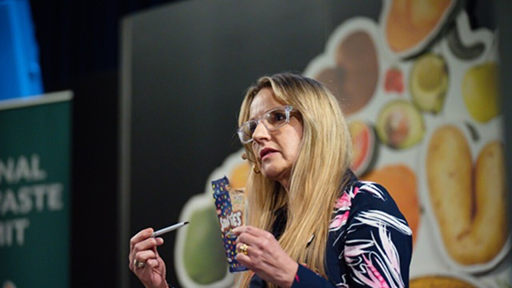 The Australasian Institute of Packaging (AIP) is the only peak professional body for packaging education and training in Australia and New Zealand. As the technical arm of the packaging industry, AIP provides support and training to design better packaging across all industries and categories, including primary, secondary and tertiary packaging.
The Australasian Institute of Packaging (AIP) is the only peak professional body for packaging education and training in Australia and New Zealand. As the technical arm of the packaging industry, AIP provides support and training to design better packaging across all industries and categories, including primary, secondary and tertiary packaging.
As a not-for-profit educational institution, AIP also offers higher education degrees; a Master of Food and Packaging innovation with the University of Melbourne, a Diploma of Packaging Degree, Certificate in Packaging, Fundamental of Packaging Technology course and numerous hands-on workshops and training courses.
We spoke with Executive Director Nerida Kelton FAIP to find out more…
Why is reducing food waste important for you and the AIP?
Food and beverage are the two main packaging industries in Australia, and as such, food and beverage organisations form much of AIP’s core membership base. Around 20 years ago we wanted to create strong partnerships with food rescue organisations, particularly in Queensland, and this resulted in an annual Christmas hamper program delivered in conjunction with Foodbank, which we ran for over 15 years.
Off the back of that program, we realised that food insecurity and food waste was a big problem in Australia. When the End Food Waste Australia Cooperative Research Centre started, AIP was one of the founding project partners. We sat down and explored what we could do together as an industry-led project – we wanted tangible research that the industry could use.
It was important to us that we had evidence-based research, and we already had a longstanding relationship with RMIT University – so it all came together nicely. The subsequent research project created the Save Food Packaging criteria, to create a user-friendly resource for industry that empowered them to prioritise food waste reduction, while embedding Save Food Packaging design principles into businesses.
Since the inception of the project, the AIP has been able to present the Save Food Packaging guidelines at over 60 events around the world, providing training to thousands of people.
What was the (specific) food waste challenge you needed to overcome?
The biggest challenge was around targeting, measuring and acting – understanding where food waste was happening and how to take action. For the food and beverage industry to intervene and improve packaging, they needed to understand where their losses and waste occurred.
To facilitate this, we encouraged food and beverage businesses to join as a signatory of the Australian Food Pact, so they could create targets and strategies within their own business. We truly believe that if we design better, more intuitive packaging at the start, then you’re not going to have packaging pain points later, along the transportation line, in retail or the household.
What are the outcomes of this project and the next steps to increase your impact?
Read the full article by visiting the End Food Waste Australia website here…
.
.
